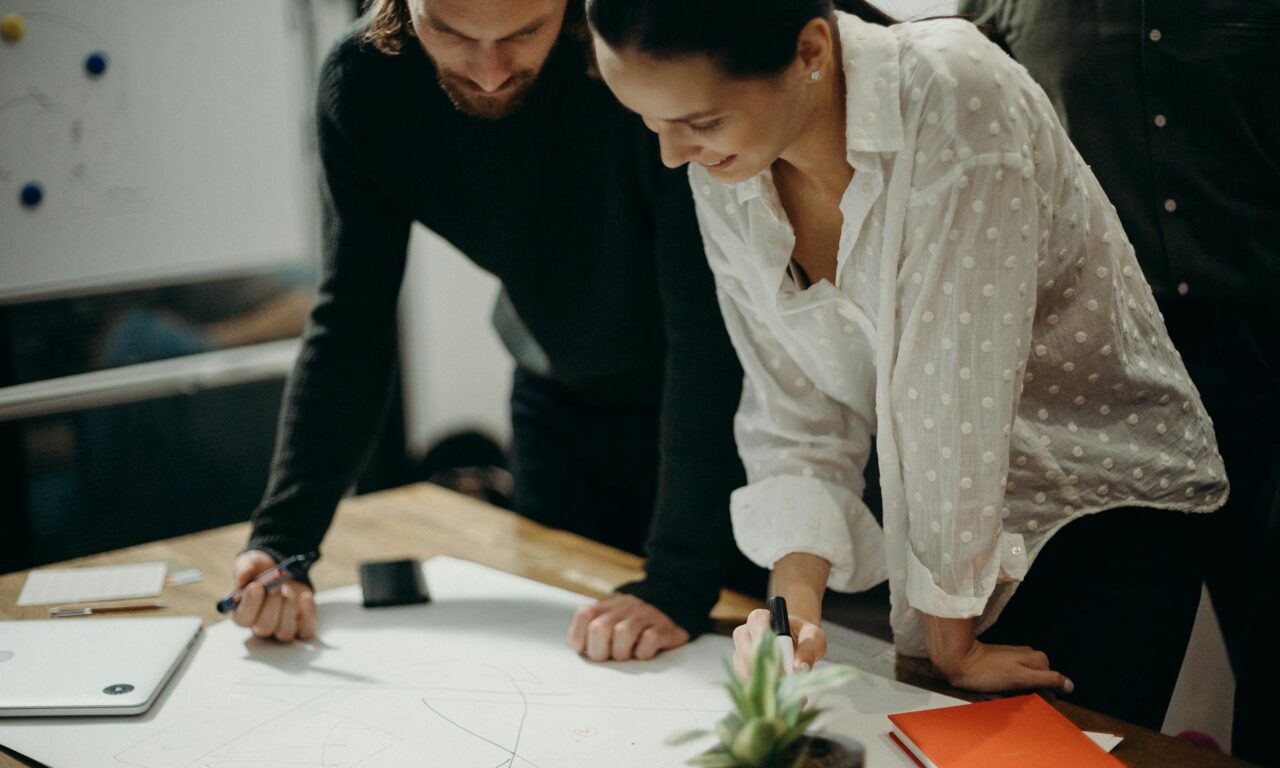Every business needs a product. Every product needs to be worth the price. Every price needs to reflect the quality within the product. This quality then determines just how much a customer respects the business that sold it. That’s where a solid reputation is built, which can keep a business going for years on end.
This cycle goes on and on no matter what product you’re selling or what it costs. It’s why, when creating your first product, you need to have an eye for detail. The three things below need thinking about most of all; make sure they’ve been accounted for during your research and development phase.
1. The Needs of the Target Market
This sounds like an obvious pin in your development map, but when you’re breaking down the subcategories of your target market and figuring out how your customers differ from one another, you need to understand how various their specific needs will be.
For example, some people may be less capable than others. Anyone living with a disability that affects how they can grip things may find it hard to hold onto your product, and you’ll need to incorporate accessible handles or grip areas into the design as a result.
Even the colour of your packaging will be easier to digest for some than others, and you should always design your product’s wrapping to be as friendly on the eyes as possible. That doesn’t mean it can’t be interesting, however.
2. What Materials Will Be Essential
You don’t want to work with anything too weak that’ll cause your product to break down quickly, and you certainly don’t want anything too cheap that’ll leave the final design looking shoddy and rushed. You also need to consider the extremes your product will be subject to, in terms of temperature and pressure.
Say you’re a gardening business creating bespoke tools and hoses; encasing your product with polyurethane tube will prevent it from expanding in the cold, breaking down in the heat, or kinking under the water pressure. This kind of plastic doesn’t react to either end of the thermometer, is super flexible, and will also be quite easy to purchase from a supplier.
Really, the materials you choose for your product will very much make or break its application. Research the materials you’re interested in and see if they’ll be suitable for your prototype.
3. You’ll Be Back at the Drawing Board More Times Than You Planned
If you go through research and development properly, you’ll go through twice the amount of redesigns than you ever planned. It’s why product development takes such a long time.
If you’re displaying the prototype to focus groups, investors, and anyone else who can offer a relevant opinion, issues are going to be highlighted left, right, and centre. Each time you need to take action, especially if multiple people have complained about the same thing.
If you’re about to create your flagship product, don’t forget about these three things during the journey.
This is a contributed post.
Discover How We Help Startups Scale To 100,000 Users And Beyond.
Enter your info below, and we’ll send you a complimentary white paper that shows you exactly what you need to do to scale your startup.


